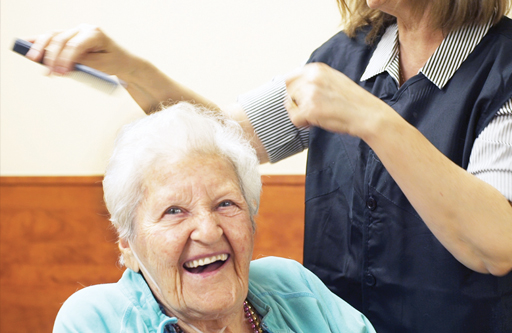Heat Stroke Prevention Tips
Heatstroke occurs when the body reaches a temperature of 104 degrees or higher, and symptoms can include confusion, altered speech, nausea or vomiting, rapid breathing, and a racing heartbeat, among other symptoms. The condition is usually a result of prolonged exposure to high temperatures or physical exertion in high temperatures.
Take these steps to prevent heatstroke during hot weather:
• Wear loose-fitting, lightweight clothing. Wearing excess clothing or clothing that fits tightly will not allow your body to cool properly.
• Protect against sunburn. Sunburn affects your body’s ability to cool itself, so protect yourself outdoors with a wide-brimmed hat and sunglasses and use a broad-spectrum sunscreen with an SPF of at least 15.
• Drink plenty of fluids. Staying hydrated will help your body sweat and maintain a normal body temperature (avoid caffeine) if possible.
• Take extra precautions with certain medications. Be on the lookout for heat-related problems if you take medications that can affect your body’s ability to stay hydrated and dissipate heat.
• Take it easy during the hottest parts of the day. Try to schedule physical labor for cooler parts of the day, such as early morning or evening.
• Get acclimated. Limit time spent working or exercising in heat until you are conditioned to it.
• Be cautious if you are at increased risk. If you take medications or have a condition that increases your risk of heat-related problems, avoid the heat and act quickly if you notice symptoms of overheating.
If heatstroke does occur, the condition requires emergency treatment. Untreated heatstroke can quickly damage your brain, heart, kidneys, and muscles.
Christiana Charles RN, Infection Preventionist, Nurse Educator












